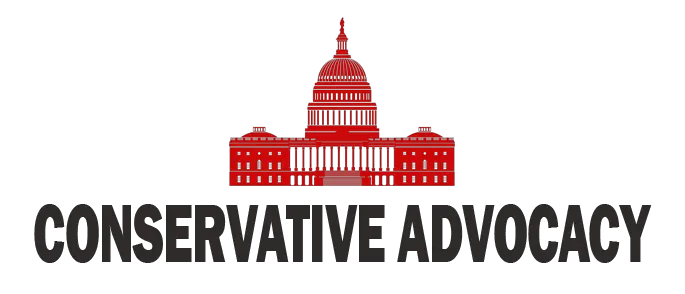The implementation of Trump’s tariffs on Mexico and Canada, with China shaking in its boots on the sidelines, has sparked the usual media frenzy and market jitters. Critics lament the potential growth limitations and the so-called negative consequences on free trade. However, the strategic use of tariffs as a negotiating tool adds a dynamic twist that has critics fuming and supporters cheering. Trump’s approach could be likened more to “talk loud and wield a big stick,” channeling Teddy Roosevelt, but with a twist that’s uniquely Trump.
Take Colombia, for example. President Gustavo Petro’s threats to reject military deportation planes went up in smoke faster than a Washington intern’s career after a scandal. Once Trump unveiled his tariffs and threats, Petro quickly shifted gears, even offering his luxurious presidential plane for the deportation flights. It’s a clear case of “follow the money” – or in this case, “follow the tariffs.” Trump got what he wanted without firing a shot, proving that negotiation can often require a hefty dose of good old-fashioned American muscle.
Trump Tariffs
Total Exports:
Canada $567B of which 78% goes to the US
Mexico $593B of which 80% goes to the US
China $3.38T of which 15% goes to the US
– cfr 2023 statistics pic.twitter.com/hsbquOTeWW
— Nightingale Associates (@FCNightingale) February 2, 2025
Then there’s the matter of Panama. After Secretary of State Marco Rubio rang the alarm bells about Panama’s close relationship with China, the President of Panama, José Raúl Mulino, had a sudden change of heart. Sure, he insisted that Panama’s sovereignty over the Canal wouldn’t be compromised, but the mention of military action made him think twice about renewing ties with the Chinese Belt and Road Initiative. Instead, Panama is now rolling out the welcome mat for increased U.S. investment. The Panama Canal is crucial since a whopping 72% of its trade is with U.S. ports. This win for the U.S. strengthens its position in the region while simultaneously giving the heave-ho to China.
The media and the Democrats have been top-notch in their predictions of doom and gloom at every turn of Trump’s tariff strategy. Yet, they once again missed the mark, as Trump has shown he can use tariffs effectively to prompt responses. After announcing the tariffs, he intends to discussions with Canada and Mexico, reminiscent of his renegotiation of NAFTA in 2016. It makes one wonder if the hysteria from the left is simply a reflection of their inability to cope with Trump’s effective trade strategies.
While many may talk about the nature of Trump’s trade war and its potential impacts, the overarching question remains: What does Trump want to achieve, and how close is he to securing those outcomes? The tumult in the media—shrill and relentless—often obscures the real negotiations taking place. Even Biden, in his infinite wisdom, has opted to keep Trump’s tariffs against China, indicating that those measures are not without merit, despite the constant criticism thrown Trump’s way.
Though controversial, tariffs are Trump’s way of keeping the economic engine revving. With a stronger U.S. dollar putting the squeeze on other currencies, many countries are beginning to feel the pressure. The silver lining? While tariffs may have inflationary effects, they can also lower interest rates, a target Trump has in his sights with the Federal Reserve. If less consumer consumption cools the inflation-driven market, it could pave the way for rate cuts, and ultimately, a Trumpian victory on the economic front.
With the trade war continuing to unfold, it is clear that Trump’s use of tariffs as a means to achieve policy goals isn’t merely theater; it’s shrewd strategy. As the situation develops, this saga will be critical in the context of Trump’s broader agenda. The initial successes should be viewed as a promising sign for conservative supporters who believe that, when it comes to negotiating with international players, the art of the deal is still alive and kicking.




